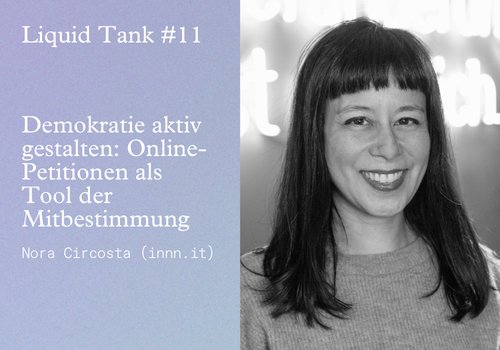Seven basic rules for youth participation
Digital participation can help to better involve young people in processes. But whether digital or analog, the requirements for initiators of successful youth participation are the same:
#1 Involve young people early on
You save yourself a lot of work if you involve young people in your planning early on. Otherwise, you can easily overlook the participants and their needs.
#2 Form partnerships
Schools, youth clubs, (sports) associations: many institutions are happy about projects in which young people are involved and gain experience with politics and social issues. Those who join forces spread the process over several shoulders and increase their reach.
#3 Communication at eye level
Technical terms, abbreviations, and foreign words are barriers. Explain your specifications, limitations and possibilities using real-life examples. Conversely, refrain from using juvenile language. They will most definitely see through that!
#4 Why, why, why
Young people want to know not only how they can participate, but why. Why is their opinion important to you? Why now? Why doesn't everyone just discuss it in Messenger? In planning/conceptual design, every "how" should therefore always be followed by a "why."
#5 Safe Space
A safe space is important to feel protected. Those who are not afraid can develop space for thoughts and feelings and dare to change an opinion sometimes. This also includes paying strict attention to data security. Platforms like OPIN are committed to protecting personal data.
#6 Participation is relationship work
Talk clearly about the expected outcomes from the start. The older young people are, the more bad experiences they have had with empty promises. Point out who is on board, which decision makers need to be convinced, and who is willing to support the project. Be honest if you don't know something or are still waiting for answers.
#7 Time
Youth participation projects need time. Besides school and extracurricular commitments, there is often not much room for additional involvement. Even a short participation process can drag on for a few weeks. Think about how you can bridge the time in between so that you don't lose sight of the goal.



